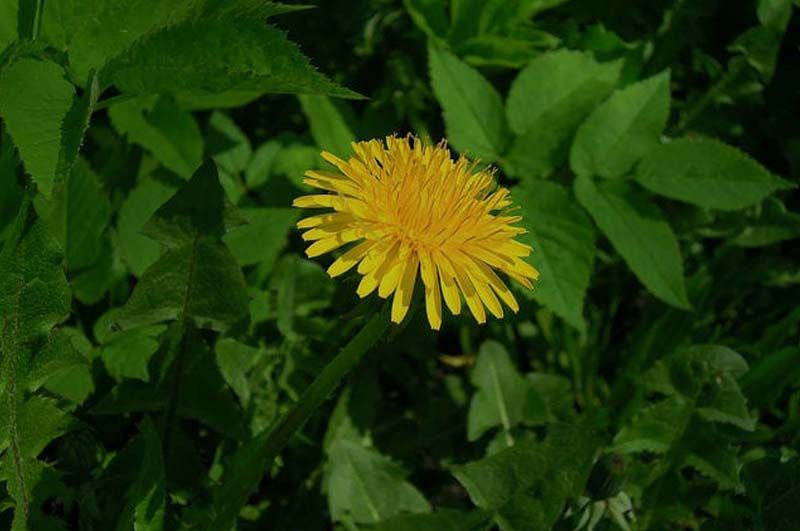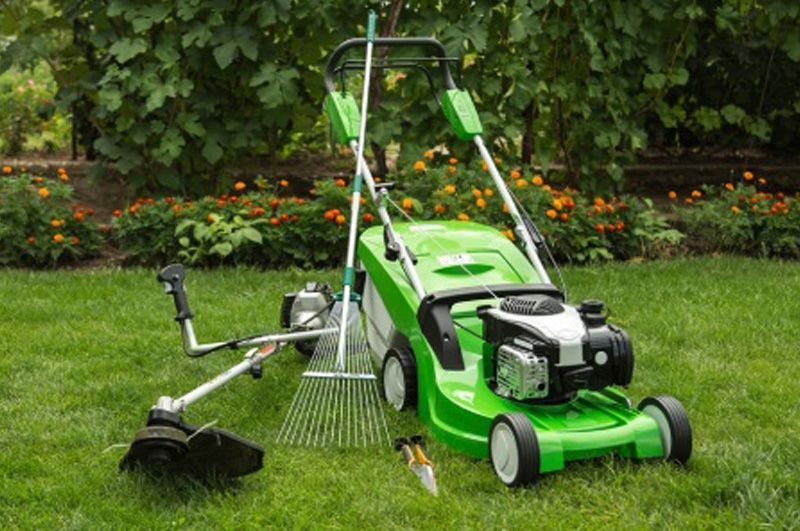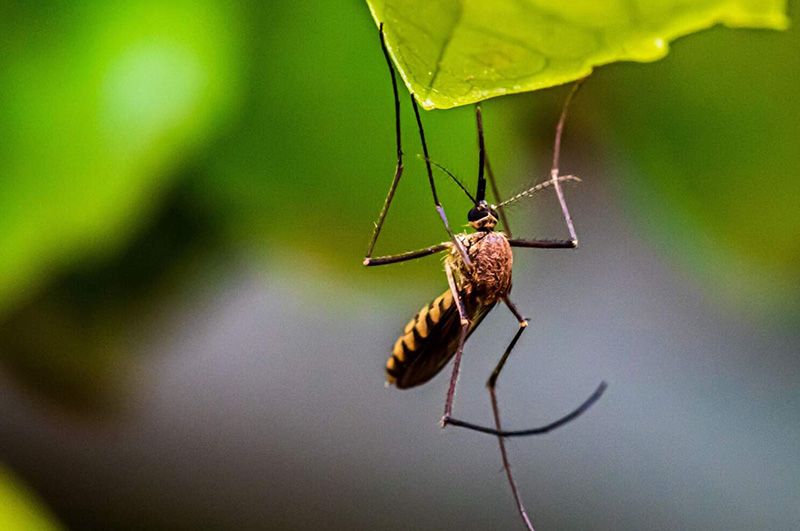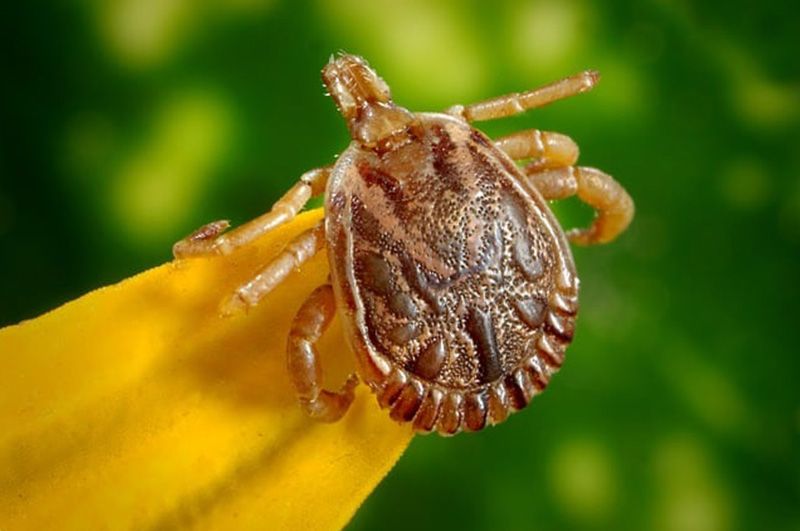Drought Stress vs. Drought Damage

Anyone who has lived in Oklahoma for a significant amount of time knows that Oklahoma can have intense, brutal heat during summer. During this time, you’ve probably seen their lawn suffering from drought damage and stress. Most of us comfort ourselves with the thought that when it begins raining again, the lawn will look just like it did before. Unfortunately, drought damage can cause lasting problems for your lawn.
What is Drought Stress and Drought Damage?
To preserve your lawn, it’s important to know the difference between drought stress and drought damage.
Drought Stress
Drought stress is the result of your grass losing water faster than it can absorb it, interfering with its processes. Your grass continues to grow, even though it lacks the rainfall it needs to survive, leading it to enter a dormant state to lower its water usage. There are several elemental factors which drastically increase the rate of moisture loss in the grass. If the soil’s moisture is low, the wind speed is high, and there’s little humidity, the plant will only lose more water. During this time, you will notice the grass beginning to thin, wilt, and take on a blue-green appearance.
Drought Damage
Drought damage is the consequence of your yard suffering from drought stress. In addition to thinning grass, the grass will not green up as fast in during spring. In addition, some of your grass might not return from dormancy. Some of it will just die, and you’ll be stuck with bare patches in your yard. In some cases, the damaged grass won’t recover, and you’ll need to replant it.
How to Protect Your Lawn from Drought
When a drought hits, many people decide to let their grass go dormant, and hope it returns later when rain arrives. Since, however, some damaged areas cannot be saved by rain and temperate weather, you need to take preventative measures. The following are a few ways you can ensure your lawn stays green during a drought.
Water Your Lawn
One day every week you need to water your lawn, preferably between 5 and 10 in the morning. Make sure you give your lawn around 1.5 inches of water. Test using a 6-inch screwdriver, and see if you can push the entire shaft into the yard. If it doesn’t go all the way into the ground, then you need to use more water on your lawn.
Mowing Grass Properly
This step is simple. Avoid scalping your lawn, and avoid mowing when the grass goes dormant.
Aerate Your Lawn
Aeration is a process to help your lawn get more air, which will stimulate grass growth. If you grass suffers drought damage, core aeration should help. Contact a lawn company for more information, or to hire someone for aeration.
Fertilize Your Grass
Fertilization helps improve the nutrient levels of your grass. If you grass goes dormant during summer, wait until the end of September and fertilize your grass to help it recover.
If your lawn suffers from drought damage, contact a Pro lawn service near you for aeration services, lawn fertilization services, and over-seeding services.






